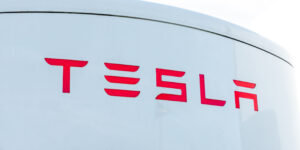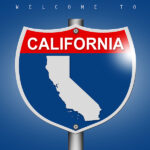With nearly two-thirds of U.S. executives predicting significant disruption in the next three years, the focus is on making organizations “future-fit,” or ready for the future, according to a new study by Mercer, a wholly owned subsidiary of Marsh & McLennan Companies.
Human capital risks—including the need to close the skills gap and maintain employee morale—can impede transformation progress. However, only 37 percent of executives rate their company’s ability to mitigate human capital risks as very effective.
“The future of work is about connectivity, creating a work environment that appeals to today’s workforce by building a coherent sense of identity, sparking connections and using data to personalize the experience,” said Kate Bravery, career global solutions leader at Mercer.
Mercer’s 2019 Global Talent Trends study identifies top trends that leading companies are pursuing in the year ahead:
Aligning work to future value. With AI and automation becoming more prevalent, executives are targeting job redesign as a top area for talent investment. Businesses need to align jobs and people with the creation of value and determine a way to reward future-fit skills and behaviors. However, less than one-third of companies have good insights into the business impact of their buy, build, borrow and automate strategies.
Curating the work experience. Employees want personalized and simplified professional development plans to help them evolve their skills and prepare for future jobs (69 percent).
Delivering talent-led change. While the majority of HR leaders were involved in planning and execution of major change projects, less than half participated in the idea generation stage of transformation initiatives. HR leaders surveyed see employee morale as a significant barrier to making changes stick, pointing to “employee attrition” and a “decline in employee trust” as among the top challenges in the year ahead.
Mercer’s 2019 Global Talent Trends study shares insights from over 7,300 senior business executives, HR leaders and employees from nine key industries and 16 geographies around the world.





















 Expense Ratio Analysis: AI, Remote Work Drive Better P/C Insurer Results
Expense Ratio Analysis: AI, Remote Work Drive Better P/C Insurer Results  Behavior Is Dominant Driver of Collision Risk for Commercial Auto
Behavior Is Dominant Driver of Collision Risk for Commercial Auto  California Bill Seeks to Add ‘Transparency’ to Aerial Images Used by Insurers
California Bill Seeks to Add ‘Transparency’ to Aerial Images Used by Insurers  First Atlantic Hurricane Forecast for 2026 Suggests Season Close to 30-Year Norm
First Atlantic Hurricane Forecast for 2026 Suggests Season Close to 30-Year Norm 